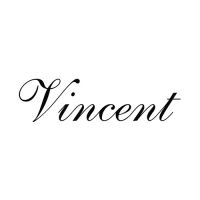whenever the press is turned off; this will normally clear on its own accord on restarting the
press. To prevent a potential jam upon restarting, it is a good idea to open the cone for a few
minutes prior to shutting down the press, after flow to the press has been stopped. Although
there will be solids left in the press, they won't be highly compacted.
There are a few applications where the air cylinder is removed and replaced with a jacking
bolt. There is also a cone rocker arm set screw that can be used instead. This is used if the
cone pushes completely closed even with the lowest air pressure. It results in operating the
press with a fixed discharge annulus, or air cylinders with linear actuators are available.
Rotating Cone Option
Most KP screw presses come with an optional feature which makes the cone rotate and strip
away the press cake. The rotation is driven by two large pins mounted on the back of the
cone. These pins engage with a collar which is clamped onto the screw shaft. Press cake is
stripped away by studs on the face of the cone. These studs are in an axial position parallel
to the screw shaft. If the cake comes out too wet, shorten the length of the studs.
The rotating cone can serve multiple functions. By stripping the cake away, it can prevent
either jamming or purging. Its use generally results in wetter press cake and lower motor
amps. Most commonly it is used when all the press cake tends to channel out past one side
of the cone. It is invaluable in situations where press cake props open the cone and allows
un-pressed material to purge.
The cake will tend to co-rotate with the screw when the cone is rotating. A spin-stop bar,
welded to the inside-bottom of the cake discharge spout, prevents this. See the “Discharge
Spout/Spin Stop” section later in this manual.
Positioning the drive collar limits the maximum opening of the cone. Or, if a large amount
of cake comes from the press, the cone can run into the drive collar and force it to slip along
the screw shaft.
Disconnect the rotating cone by removing the drive pins and/or drive collar.
Cone Bushing
The cone rides on the shaft of the screw. "Cone Sleeve" is the name given to the portion of
the screw on which the cone rides. There may be a bushing in the cone to support and guide
10

